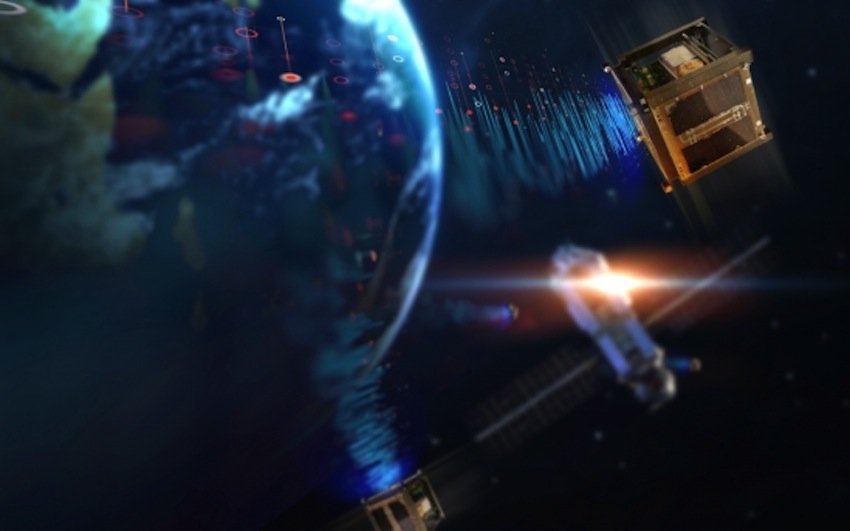NASA grant to put Lidars on CubeSats

UC Santa Barbara engineers win grant to design smaller, lighter, cheaper and more energy-efficient Lidar for gas monitoring
UC Santa Barbara engineers Jonathan Klamkin and Larry Coldren have received a NASA grant to aim to reduce size, weight and power consumption (SWaP) in integrated microphotonic circuits for satellite-based Lidar applications. The three-year award is part of NASA's $14 million Advanced Component Technology Program.
Klamkin, an associate professor in UCSB's Department of Electrical and Computer Engineering said: "We are shrinking down a very capable system from the size of a small refrigerator to pocket size and making it perform even better," he added. "For space specifically, you could map Earth's carbon dioxide "” or methane or other gases - by putting our technology on CubeSats - modular satellites consisting of one or more 10-by-10-by-10-cm cubes. Today, systems like this don't fit on even large satellites."
The Lidar PIC will enable spectroscopic measurements of the Earth's atmosphere with increased sensitivity and enable near-infrared multi-wavelength analysis, so that a single integrated device can be used to monitor carbon dioxide and other greenhouse gases.
According to Klamkin, their approach requires fast, precise and tunable lasers. "We are building on prior work in optical phase-locked loop technology to achieve these metrics," Klamkin said.
"The level of integration we are applying is well beyond what is available commercially," said Coldren, a professor in UCSB's Department of Electrical and Computer Engineering. "We are building an entire Lidar sensing system on a single chip or, at most, a few chips."


































